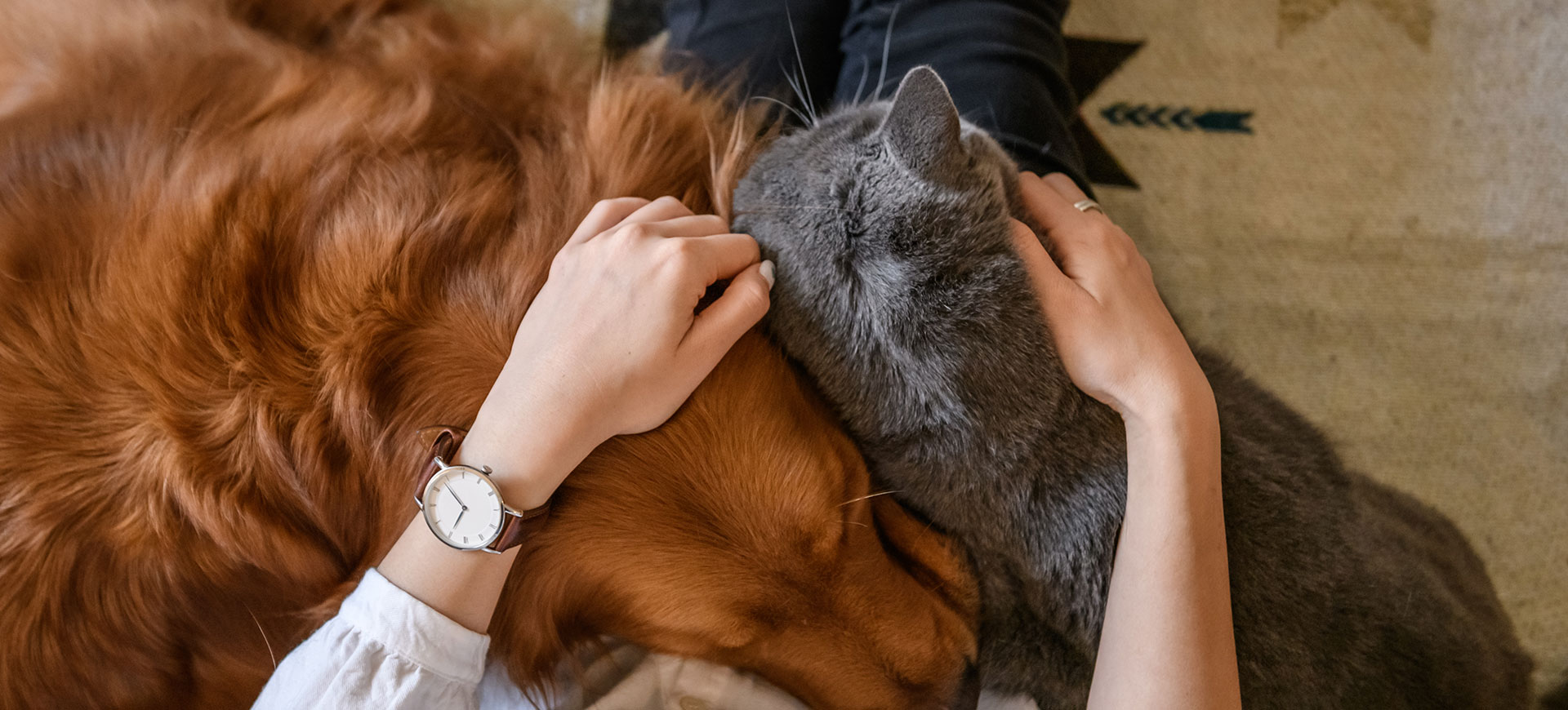
Teach your dog to ring a bell!
House training some dogs can be especially challenging because they do not learn to clearly signal when they need to eliminate. Teaching a dog to ring a bell when it needs to go outside can be a huge help when house training. It takes time but is relatively simple if you follow the following steps:
• Purchase a small bell, and set it near the door through which you usually take your dog out for elimination. Ring the bell immediately before opening the door to go outside with the dog. Your dog should already be leashed so that you can step outside with her as soon as you ring the bell. Do this every time you take your dog outside for several days. Allow your dog to only explore the designated elimination area, otherwise your dog may associate ringing the bell with play time instead.
• Next, suspend the bell at the height of your dog’s nose right next to the door. Gently touch the bell to your dog’s nose, causing it to ring, every time you take her outside. Repeat this step for several days.
• At this point, depending on how quickly your dog makes associations, she may begin approaching the bell on her own when she needs to eliminate. If she does not, smear a little bit of cheese or peanut butter on the bell each time you prepare to go outside, and use this to lure your dog toward the bell. Allow your dog to lick the bell, causing it to ring, and then praise your dog as you take her outside. Once your dog begins ringing the bell on her own, you must take her outside every time so that she learns that making the bell ring reliably predicts being allowed outside.
10 easy steps to housetrain your dog.
You can easily teach your dog to eliminate in an acceptable location by keeping a close eye, recognizing his signals, understanding his instincts, and rewarding his appropriate behavior.
1. Prevent undesirable elimination by not allowing your dog to wander all over the house without supervision and by keeping your dog confined in a small area when you can’t observe him constantly.
2. When your dog sniffs the ground or circles around, quickly but calmly take him to the desired elimination area. Ideally, don’t wait for these behaviors. Take your dog outside regularly as described below.
3. Feed your dog a measured amount of food at the same time every day. When your dog walks away, or after about 10 to 15 minutes, pick up the bowl.
4. Be aware that puppies instinctively desire to eliminate after eating, drinking, playing, resting, sleeping, or being confined. These rules apply to most adult dogs as well.
5. Five to 30 minutes after any of the above activities, take your dog to the selected place for elimination.
6. Use a specific verbal cue that you want your dog to associate with desirable elimination, such as “Go potty” or “Do your business.”
7. When your dog begins to eliminate, quietly praise him.
8. When your dog is done, praise him enthusiastically, pet him, and reward him with food immediately. Don’t wait until he heads for the house. If he doesn’t eliminate, return him to his confinement area, and take him outside again in about 15 minutes.
9. Reward each time with praise, but as your dog learns, give food rewards intermittently.
10. Remember, it is your responsibility to prevent accidents! Prevention is the key to success, but if someone fails to prevent your dog from having an accident, don’t scold the dog, and quietly clean up and deodorize the soiled area. Preventing accidents requires that you become aware of how often your puppy needs to eliminate. Young puppies (8 to 10 weeks of age) may need to be taken outside every 30 to 60 minutes.
Veterinary Medicine April 2007. Information provided by Valarie V. Tynes, DVM, DACVB, P.O. Box 1040, Fort Worth, TX 76101.This client information sheet may be photocopied for distribution by veterinarians to their clients. Written permission is required for any other use. Illustration by Rob Johnson.
